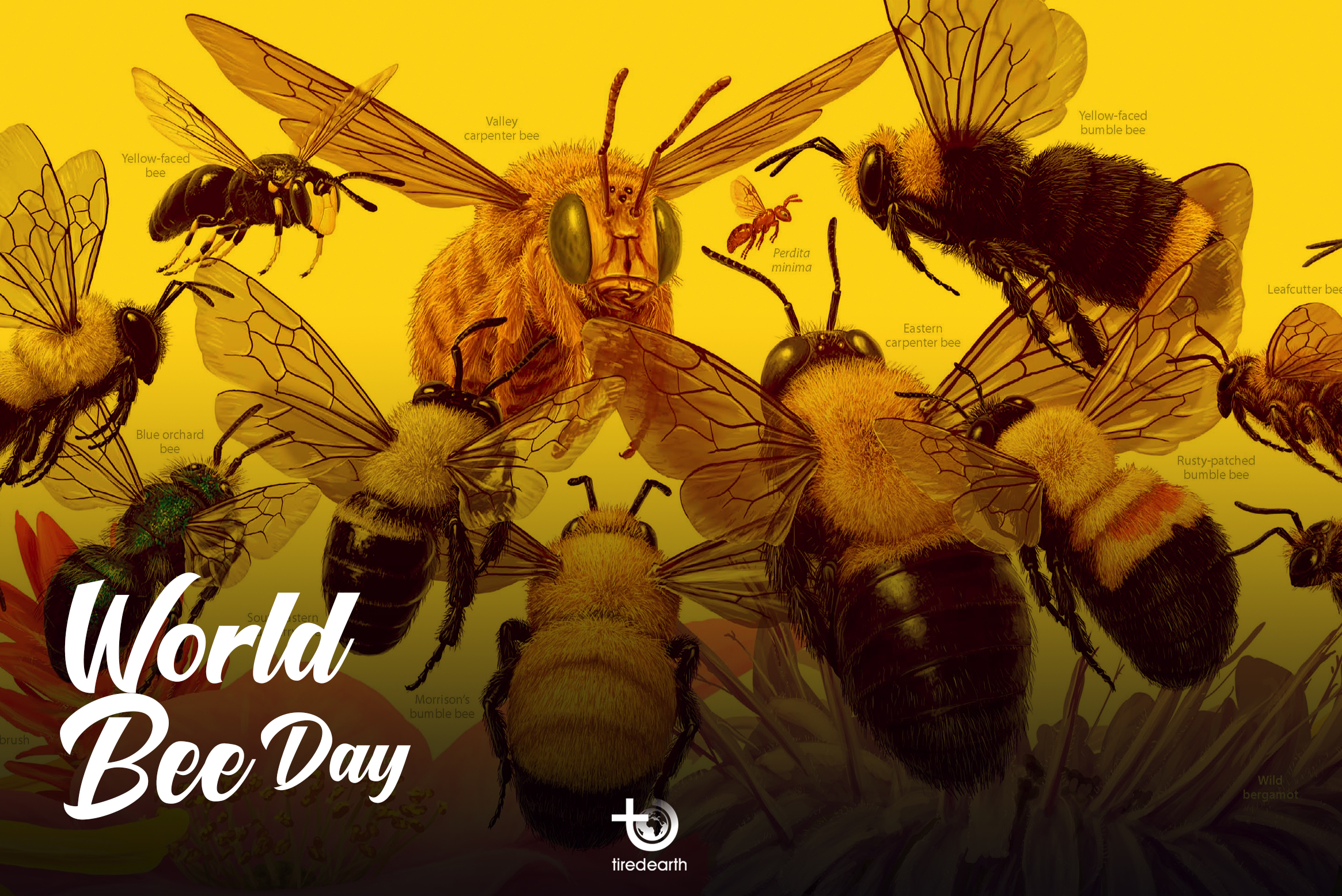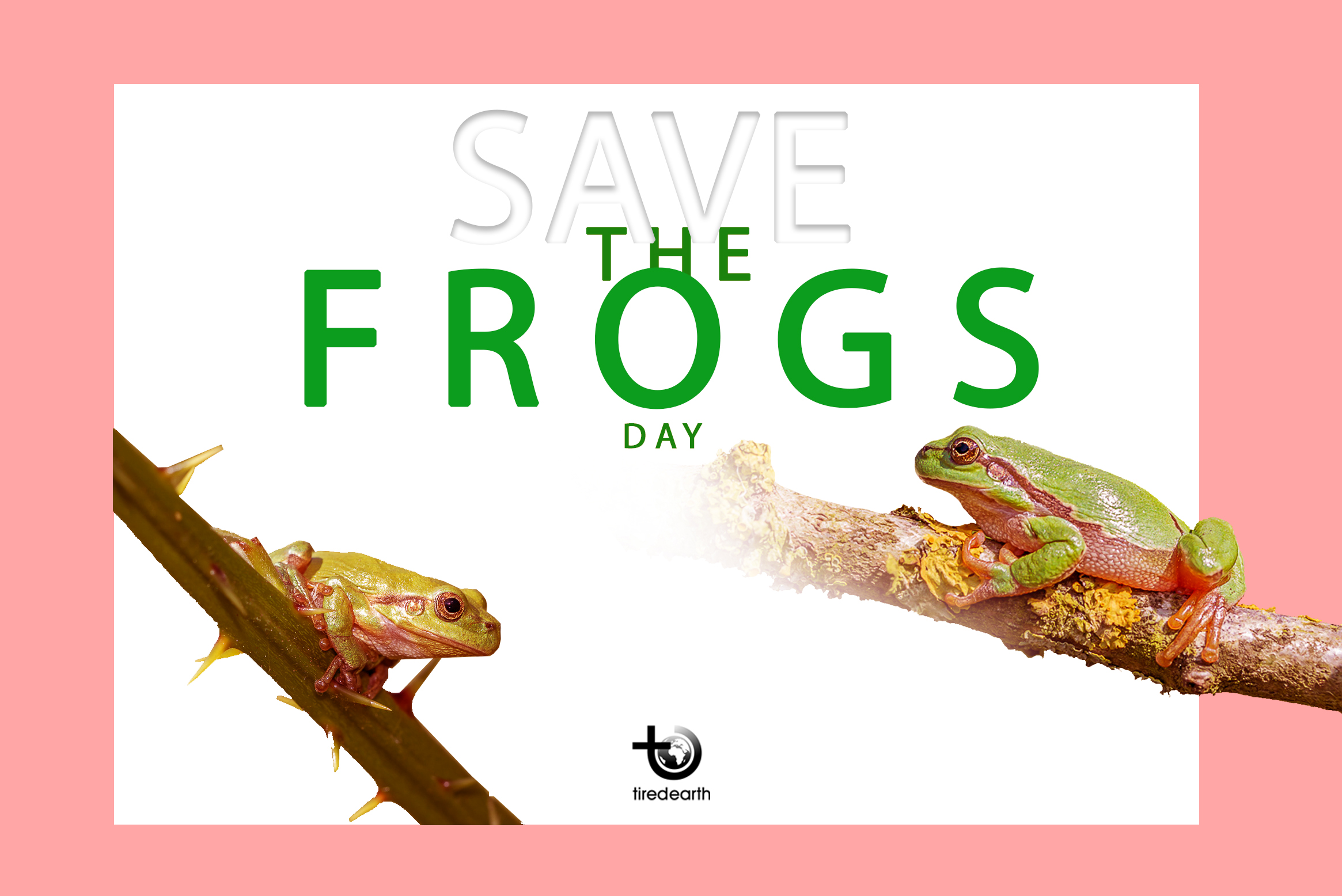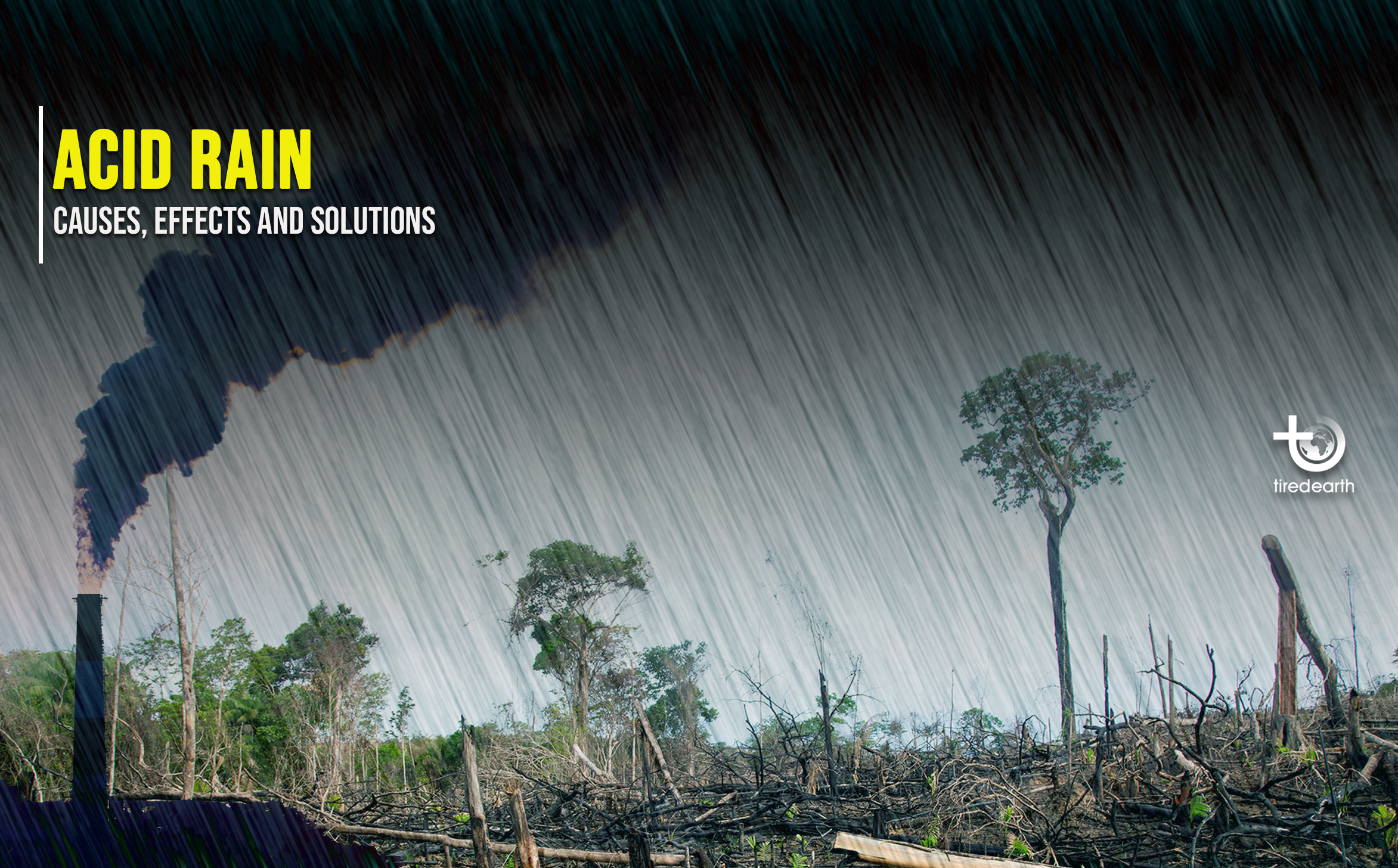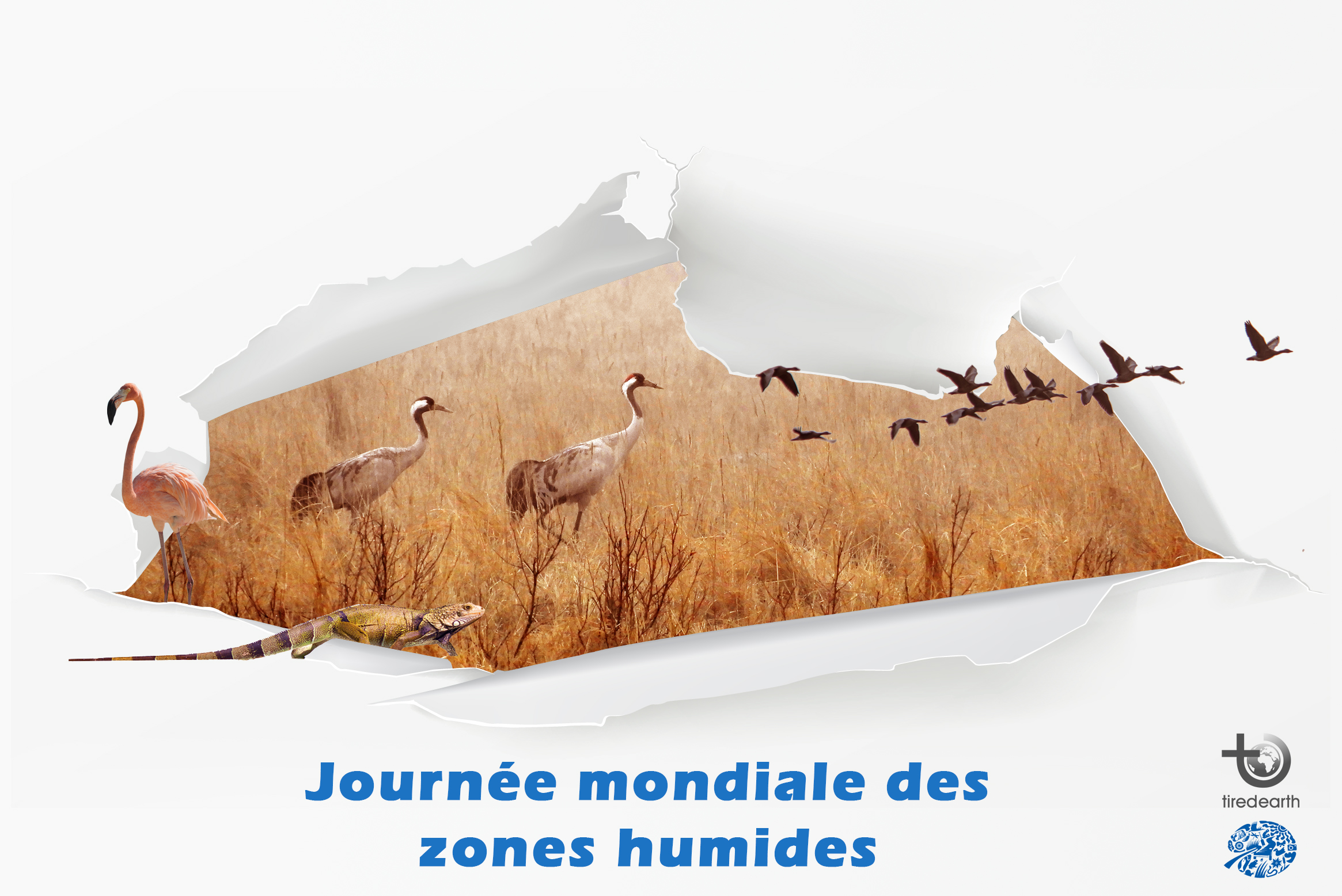Top Threats to Pollinators
Bees and other insect pollinators are beset by the same environmental challenges as other species, including habitat loss, degradation, and fragmentation; non-native species and diseases; pollution, including pesticides; and climate change.
Habitat Loss and Degradation
Much pollinator habitat has been lost to agriculture, resource extraction, and urban and suburban development. Although these land uses can provide floral resources and benefit some pollinators, many bees and butterflies are habitat-specific, and the loss of habitat that provides sites for overwintering, foraging for pollen and nectar, or nesting can be detrimental to these species.
Habitat degradation, the decline in habitat quality, is another serious concern. For example, the loose, friable soil required by ground-nesting bees may be trampled by heavy foot traffic or the use of off-road vehicles.
Non-native Species
Plants or animals brought here from other places can decrease the quality of pollinator habitat. When non-native shrubs such as autumn olive and multi-flora rose take over open fields, they crowd out the wildflowers needed by certain butterfly and bee species for pollen, nectar, or larval food.
Pollution
Air pollution is a very real problem for bees and other pollinators that rely on scent trails to find flowers. Light pollution can harm moth pollinators by increasing their susceptibility to predation by bats or birds when they are attracted to artificial lights at night.
Climate Change
Studies predict that climate change will alter the close relationship between insect pollinators and the plants that depend upon them for reproduction. Flowering plants migrating north or to cooler, higher elevation habitat in response to warming temperatures or other changes may not move in sync with their pollinators. The composition of pollinator communities is expected to change. According to the Xerces Society, anecdotal observations have found that bumble bees adapted to cooler temperatures are in decline, while bumble bees adapted to warmer temperatures are expanding their ranges northward. What effect this will have on local plants is unknown.
How to help bees?
Recommended practices for farmers to create a good habitat for bees to ensure pollination include:
- Leaving some areas under natural habitat;
- Creating hedgerows;
- Reducing or changing the usage of pesticides;
- Leaving nesting sites; and
- Planting attractive crops around the field.
On a policy level, a more diverse agriculture and less dependency on toxic chemicals to facilitate an increase in pollination, leading to improved food quality and a surge in food quantity are encouraged.













Comment
Reply